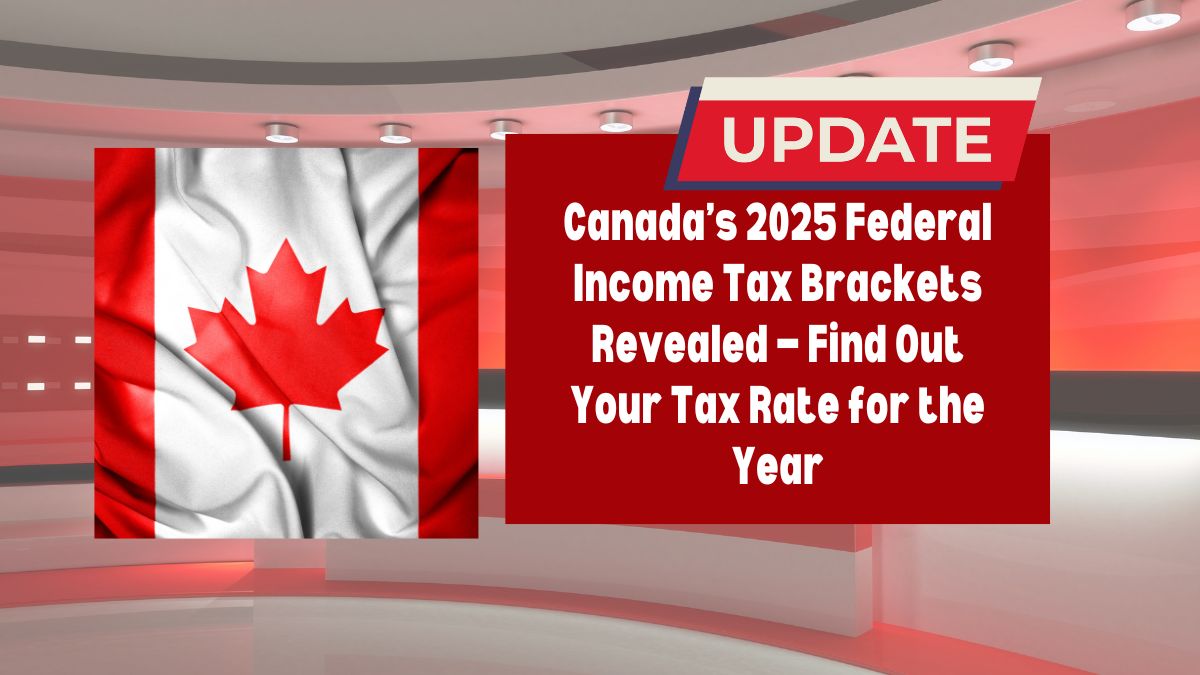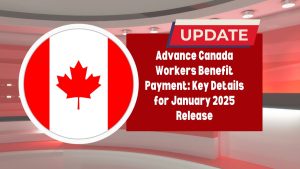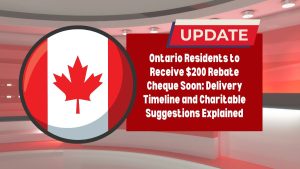Understanding your income tax obligations is essential, especially with changes in federal tax brackets and thresholds. For 2025, the Canada Revenue Agency (CRA) has revised the federal income tax brackets to accommodate a 2.7% inflation rate. These adjustments impact your tax obligations based on your taxable income and aim to ensure fairness while helping Canadians retain more of their purchasing power.
This guide provides insights for salaried employees, small business owners, and retirees on how these changes may affect them. By the end, you’ll have the knowledge to navigate the updated system and practical tips to optimize your tax filing.
2025 Federal Income Tax Brackets and Rates
Below is a breakdown of the federal tax brackets for 2025:
| Tax Bracket | Tax Rate | Income Range |
|---|---|---|
| 1st Bracket | 15% | Up to $57,375 |
| 2nd Bracket | 20.5% | $57,375 – $114,750 |
| 3rd Bracket | 26% | $114,750 – $177,882 |
| 4th Bracket | 29% | $177,882 – $253,414 |
| 5th Bracket | 33% | Over $253,414 |
Basic Personal Amount (BPA): $16,129, which phases out for incomes above $177,882 and completely for incomes over $253,414.
The progressive tax system ensures those earning less pay a lower percentage, while higher earners contribute more. Understanding these rates and leveraging deductions like RRSP contributions or credits can reduce your tax burden.
Why Tax Brackets Matter
The progressive structure of Canada’s tax system means higher portions of your income are taxed at higher rates. This ensures fairness, preventing disproportionate taxation on lower-income earners while increasing contributions from higher-income individuals.
For instance:
- If your taxable income is $65,000, the first $57,375 is taxed at 15%, and the remaining $7,625 falls into the 20.5% bracket.
- This split ensures only the portion exceeding a given threshold is taxed at a higher rate.
Key Takeaway: Understanding how tax brackets work is crucial for financial planning, enabling you to strategize investments and deductions to minimize liabilities.
Breaking Down the 2025 Federal Tax Rates
1. First Bracket: 15% Rate
This applies to the first $57,375 of taxable income, covering most of the earnings for lower-income Canadians.
- Example: If you earn $50,000, the entire amount is taxed at 15%, resulting in a tax bill of $7,500.
2. Second Bracket: 20.5% Rate
Income between $57,375 and $114,750 falls into this bracket, often affecting middle-income earners.
- Example: For a $75,000 income:
- 15% on $57,375 = $8,606.25
- 20.5% on $17,625 = $3,615.13
- Total Tax: $12,221.38
3. Third Bracket: 26% Rate
This rate applies to income between $114,750 and $177,882, commonly impacting higher-earning professionals like managers and engineers.
4. Fourth Bracket: 29% Rate
For incomes between $177,882 and $253,414, advanced tax planning becomes essential for high earners to maximize deductions and credits.
5. Fifth Bracket: 33% Rate
This rate applies to income exceeding $253,414, affecting top earners who should consider professional advice to optimize their tax strategies.
The Role of the Basic Personal Amount (BPA)
The BPA provides a non-refundable tax credit that lowers the taxable portion of your income:
- For 2025: $16,129 for incomes up to $177,882, with a gradual phase-out for higher incomes.
- Example: If your taxable income is $40,000, the BPA reduces it to $23,871, ensuring you pay less in taxes.
The BPA is particularly beneficial for low to middle-income Canadians, offering critical relief. High-income earners should focus on additional tax-saving strategies as the BPA phases out.
Practical Tips for Optimizing Your 2025 Tax Filing
1. Maximize Deductions and Credits
- RRSP Contributions: Reduce taxable income directly. The 2025 contribution limit is $31,560.
- Tax Credits: Leverage the Canada Child Benefit, tuition credits, and medical expense deductions.
- Home Office Expenses: For remote workers, claim eligible expenses through the flat-rate or detailed method.
2. Stay Organized
- Keep digital and physical copies of financial documents such as T4 slips, receipts, and investment statements.
- Use the CRA’s My Account portal to track records, check contribution limits, and view assessments.
3. Plan for Provincial Taxes
Provincial tax rates vary significantly:
- Ontario’s top rate: 13.16%
- Quebec’s top rate: 25.75%
Knowing these rates helps in estimating your total tax liability.
4. Seek Professional Guidance
A tax advisor can help with strategies like income splitting, tax-loss harvesting, and compliance with complex rules.
FAQs
What is the Basic Personal Amount (BPA) for 2025?
The BPA for 2025 is $16,129 for incomes up to $177,882, phasing out entirely for those earning over $253,414.
How are federal tax brackets adjusted?
The CRA adjusts tax brackets annually based on inflation, which is 2.7% for 2025.
What deductions can significantly lower my tax liability?
Contributing to RRSPs, claiming the Canada Child Benefit, and leveraging home office expenses can reduce taxable income.




